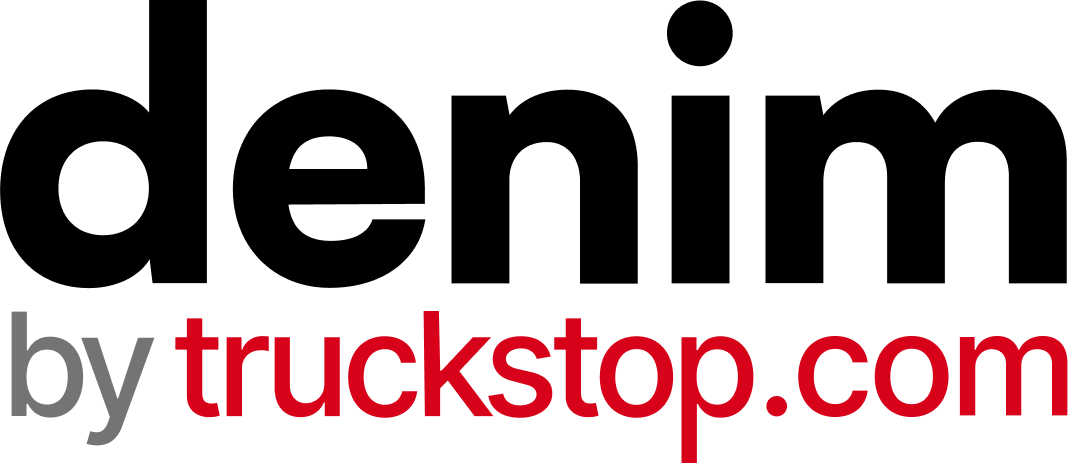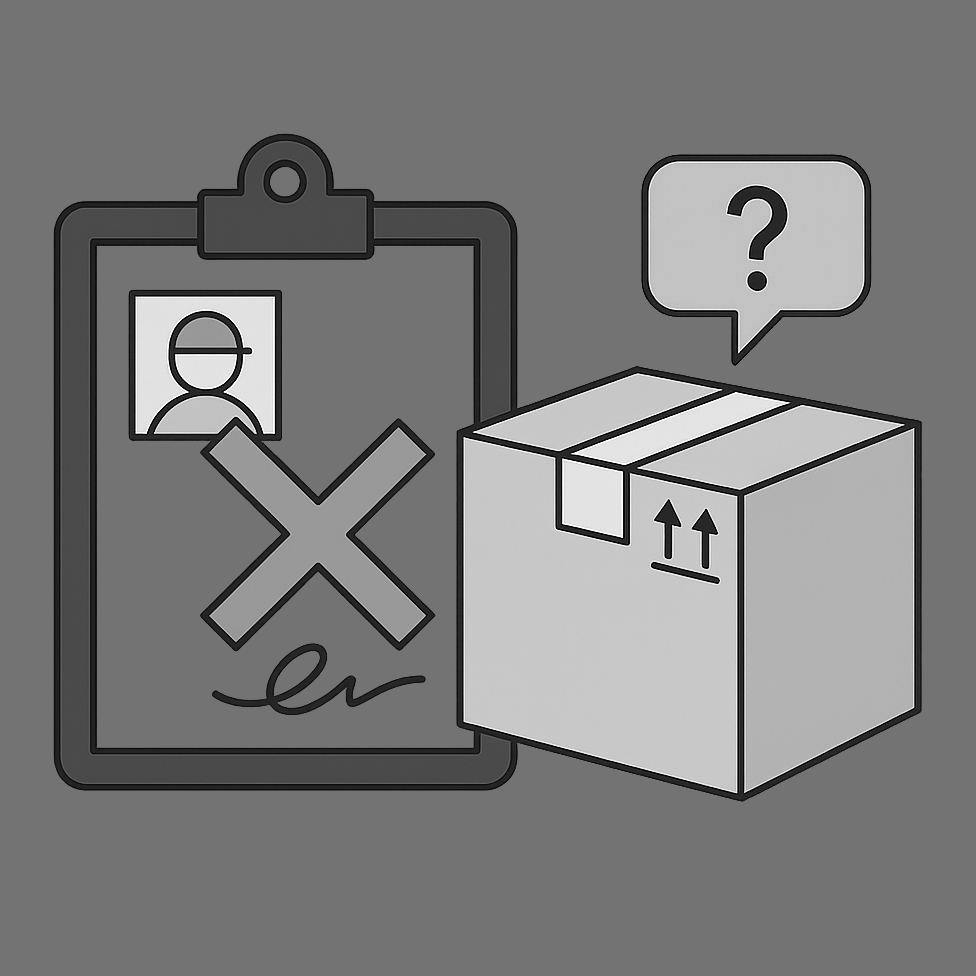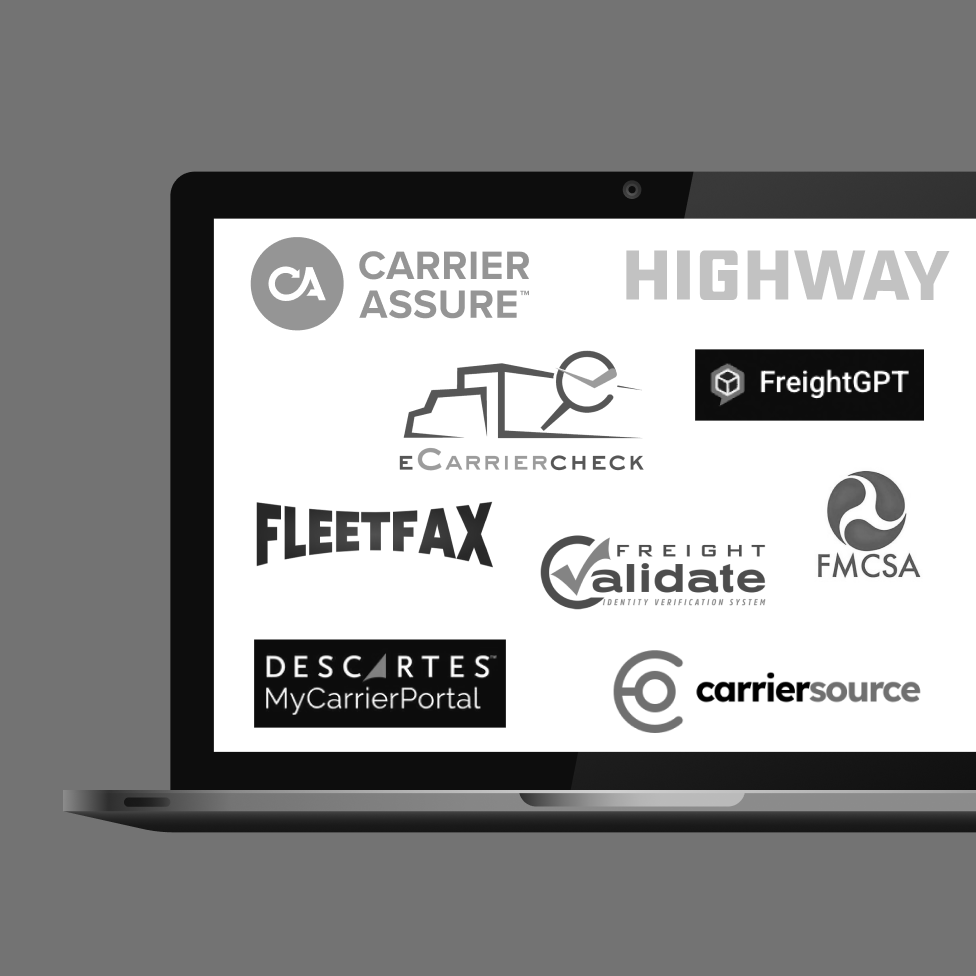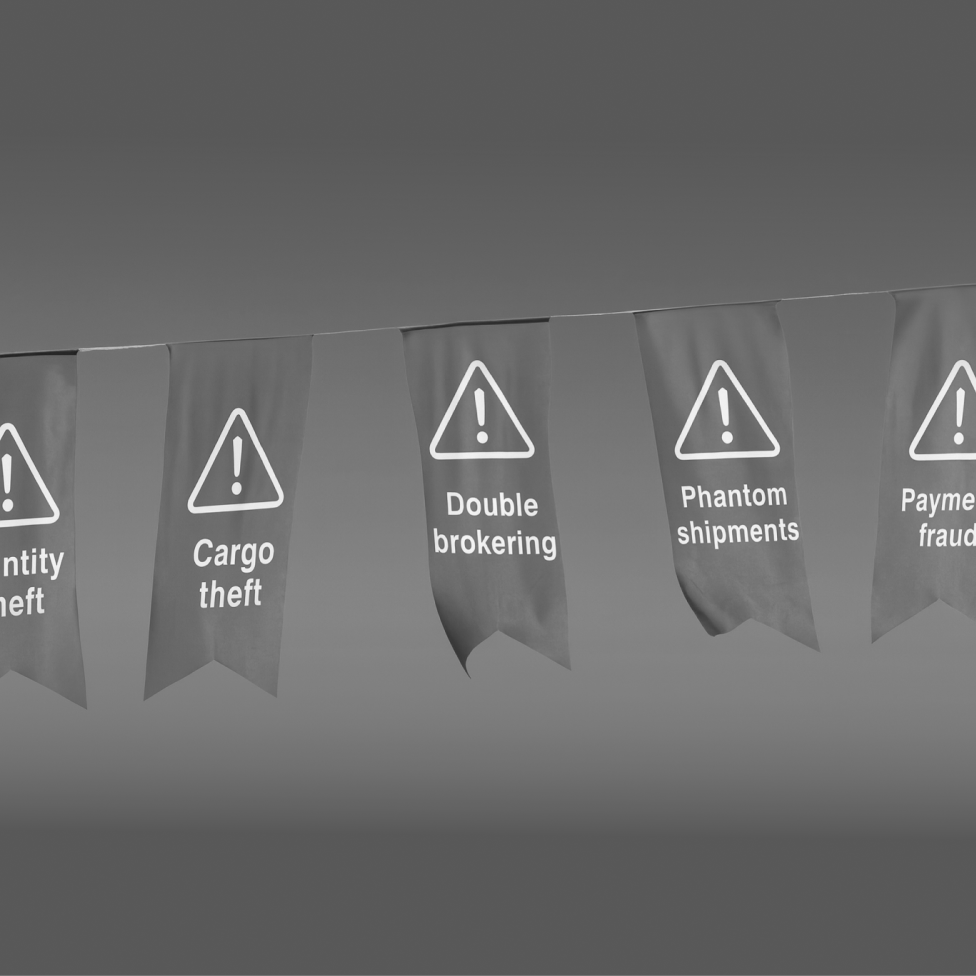A line of credit has traditionally been the most appealing financing option for the logistics industry.
Until now.
Rate hikes by the Federal Reserve over the last three years have made it more challenging for businesses including freight brokers, fleets, and logistics companies to access affordable lines of credit.
In light of these tighter credit conditions, finding alternative financing solutions is crucial to ensure steady cash flow and remain competitive. Freight factoring emerges as a competitive option that offers more than just financing for logistics businesses.
Line of Credit Drawbacks in 2025
The Federal Reserve (Fed) raised interest rates 11 times between March 2022 and July 2023 from a low 0.08% to a 21 year high of 5.5%. The goal of the hikes was to reduce inflation, however inflation remains higher than anticipated in 2025. As a result, the Fed plans to hold rates steady for now.
So what does this mean for you and your financing options? A lot.

The federal funds rate is the interest rate at which banks lend money to each other overnight. Higher federal funds rates make it more expensive for banks to borrow money from each other. As a result, banks usually pass on this increased cost to their customers by raising interest rates on various loans, including business lines of credit.
There are 3 major impacts that the increasing rates have on businesses applying for a line of credit.
1. Higher borrowing costs

The interest charged on a line of credit will depend on the prime rate and an additional percentage determined by the lender, known as the plus.
The prime rate is the interest rate commercial banks charge their most credit worthy customers. It is a benchmark for various types of loans. And the prime rate is influenced by, you guessed it, the federal funding rate.
Banks have been increasing prime rates as the Federal Reserve has increased their funding rates. Currently, the prime rate is 8.5%, up from 3.5% in April of 2022. Any new lines of credits opened today would be paying 142% more interest than two year ago.
The plus percentage added to the prime rate is determined by the lender and is based on your creditworthiness, business financials, collateral etc.
In our current high-interest rate environment, you face higher borrowing costs, affecting your cash flow and overall financial health.
2. Tighter credit conditions
Banks have become more cautious with their lending practices in response to a higher federal funds rate, making it more challenging for businesses to obtain a line of credit and secure favorable terms.
Due to increased risk perception, lenders are reducing the amount of credit they are willing to extend. The Federal Reserve Bank of Dallas surveyed 71 banks in March of 2023, and found a significant drop in lending. A smaller credit limit makes scaling your brokerage difficult.
Since banks are lending less money in this economy, they are imposing tighter requirements. You can expect requests for higher credit scores, robust financials, more collateral, and lower loan-to-value (LTV) ratios.
Even if your brokerage qualifies for a line of credit, you will still face stricter contract terms and conditions. Lenders may offer variable rates, shorter loan terms, impose additional fees or penalties. They may also include more restrictive covenants in loan agreements to manage the increased risks associated with high borrowing costs and protect their interests.
3. Variable interest rates
Variable interest rates appeal to borrowers when market interest rates are declining (like in 2020-2021). However, borrowers may face higher payments if market interest rates rise, making it more expensive to repay the loan.
Banks are more likely to offer variable rates in this market because the Fed will likely continue to increase rates until inflation stabilizes, likely by the end of 2024.
The variable interest rate is adjusted at regular intervals, such as monthly, quarterly, or annually. The loan agreement specifies the adjustment period and determines how frequently the interest rate can change.
Lines of credit with variable interest rates can involve more uncertainty than fixed-rate loans or financing options like factoring.

Factoring is a Competitive Alternative to Line of Credit
In today’s uncertain financial climate, factoring has become a more attractive and reliable option for trucking businesses seeking financing.
Freight factoring involves selling your accounts receivable to a factoring company in exchange for immediate cash. Funds are accessible without incurring debt, making it a more attractive option in any economy.
Unlike lines of credit, agreed upon factoring rates do not change based on market conditions. For example, a 3% factoring fee will remain the same regardless of whether the federal interest rates increase or decrease. Factoring rates are typically volume or time based and can vary between companies. But they remain consistent once established.
Freight factoring also provides several benefits, including quick access to cash, simplified approval processes, and no need for collateral, making it an accessible financing option in various market situations. Additionally, factoring companies offer support for your back-office operations in several ways.
The top five benefits of factoring include:
- Improved cash flow: Access funds within 24-48 hours vs. waiting 30+ days
- Protect your business: Free credit checks on customers to avoid risky deals and double brokers.
- Automated invoicing and collections: Save hours with auto-generated invoices and managed collections.
- Freight Payment Management: Schedule carrier payments, including QuickPay
- Scalability: Factoring services grow with your business, allowing you to access more funds as your revenue increases.
Factoring is Just As Flexible as a Line of Credit
A common misconception is that factoring is restrictive and costly compared to a line of credit. However, this couldn’t be further from the truth at Denim.
Denim’s factoring solutions are among the most flexible and comprehensive in the industry, offering customizable carrier payments, invoicing, and collections. Client’s only pay for the capital they’re using at any given time, which mirrors the flexibility of a line of credit without the need to go through a bank.
With Denim’s factoring solutions, you are in control of your rate. Here are two ways you can influence your rate:
- Flex Factoring - Denim offers prorated discounts for delaying advances - yours and contractors.
- DSO Pricing - Denim adjusts the factoring fee based on your shipper’s days to pay. The rate is broken into a daily rate, so you only pay for the days you need to borrow.
By leveraging these options, Denim clients can effectively manage their rates and only borrow what they need, ensuring cost-effective and flexible financing. Use our factoring calculator to see how you could save today!
Factoring vs. Line of Credit
This table provides a high-level comparison between factoring and lines of credit for your business. While factoring offers faster access to funds and additional support services, lines of credit may provide more flexibility in terms of fund usage.

Breaking Down the Costs
Eliminating all other considerations, let’s take a look at the cost of factoring compared to interest on a line of credit.Let’s assume a freight brokerage is moving a $5,000 load with net-30 day payment and the carrier agrees to do it for $4,500.
SCENARIO 1:
Factoring at a 1% rate
If the factoring company charges a 1% factoring fee on the invoice total. We can calculate the factoring fee for this load as follows:
Factoring fee = $5,000 * 0.1
Factoring fee = $50
With factoring the freight broker would receive$5,000 - $4,500 - $50 (factoring fee) = $450
SCENARIO 2:
Line of Credit at 13%
(8% prime rate + 5%)
If the freight broker uses a line of credit with an interest rate of 13% to pay the carrier, the interest cost is calculated as follows:
Interest cost = Principal amount *(Interest rate per year / 365 days) * Number of days
Interest cost = $4,500 * (13% / 365) * 30
Interest cost = $47.88 (approximately)
The interest cost for the freight broker using a line of credit at 13% to pay the carrier $4,500 for 30 days would be approximately $47.88.
With the line of credit, the freight broker would receive:
$5,000 - $4,500 - $47.88 (interest cost) = $452.12
While the costs are within a few dollars of being the same, the major value add for brokers using factoring now over a line of credit is access to smart freight payment features through their factoring provider. Big banks do not have freight and logistics specialization and will never provide niche services like invoicing, collections, reporting, and carrier document collection. Factoring will always remain accessible regardless of credit score and the ideal route for freight companies to receive fast, reliable financing.
Grow Your Freight Brokerage with Denim
In the current economic climate, freight factoring and a line of credit have comparable borrowing costs. However, factoring is a more favorable and accessible financing solution.
Factoring offers several advantages, including faster approval times, more accessible eligibility criteria, and immediate access to cash upon selling invoices. Factoring companies also provide valuable services like invoicing and collections support, credit checks, and freight payment management.
Most importantly, factoring fees are not directly tied to interest rates. With Denim, factoring rates mirror a line of credit providing the flexibility businesses need to scale.
Securing a line of credit in a high-interest-rate environment can be more challenging due to stricter lending standards, reduced credit availability, and potentially unfavorable contract terms, such as variable interest rates.
Don’t let rising federal interest rates derail your freight brokerage’s success. Schedule a demo with Denim today and seize the opportunity for reliable funding to scale your brokerage.

Denim’s automated solutions streamline your back-office operations. Explore our solutions to see how Denim can help your business scale efficiently.
There's a better way


.png)




